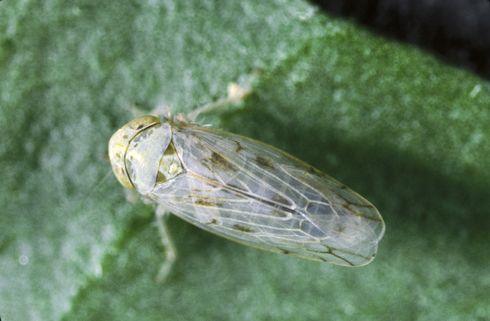Water Commission Meeting Delivers Passion and Controversy
Water Commission Meeting Delivers Passion and Controversy
By Charmayne Hefley, Associate Editor
[embedvideo id=”FVZ-wJkqjgI” website=”youtube”]
The California drought has become a hot topic, and even more so is the subject of how to solve the drought. Some advocates believe the solution is in long-term water storage, and as a result, the California Water Commission (Commission) has been drawing up a proposal to enact this potential solution.
On Wednesday, Oct. 14 in Clovis, the Commission held a public meeting to discuss their Water Storage Investment Program.
Joe Del Bosque, a commissioner on the California Water Commission, as well as a Westside farmer struggling with the zero water allocations, summarized the meeting, “It was very lively, especially at the beginning. A lot of folks are hurting—and rightly so. They have a lot of uncertainties about next year or the year after, or for who knows how many years.
We don’t know when some of these storage projects will be completed and ready to start helping us. A lot of folks have a lot on the line here in the San Joaquin Valley, and I appreciate hearing from them and listening to their concerns.”
Assemblyman Jim Patterson, in his opening remarks, said the governor, the commission and the California State Water Resources Control Board (Water Board) must realize what is driving the need for water storage. “We really need to look at the capacity to store water,” Patterson said. “If we have two river watersheds—both producing similar amounts of water, but one drops into a reservoir that’s half the size of the other, the water will overflow. And we know El Nino is coming, 95 percent.”
Many individuals spoke passionately about the plan during the comment period. Kings County Supervisor and walnut farmer, Doug Verboon, said, “We need storage. We’ve been complaining about it for years, and this is one chance in our lifetime to get more storage built. We need to get over our differences and get together and make this happen. We want to make sure the Water Commission fully understands the importance of adding more storage today.”
Another county supervisor, David Rogers, from Madera County, reminded the Commission that the need for water storage goes beyond reserving water for dry years.
“We’re losing our groundwater so rapidly that the soil is sinking beneath us and we have subsidence occurring,” Rogers said. “And all the while water is flowing out to the ocean from the San Joaquin river system when that water needs to be delegated and allocated to the farms that need it so they’re not pumping groundwater.
In reality we’re losing the river as a result of subsidence. The river, itself, is subsiding so it’s a moot issue whether or not we need surface water delivery. That has to happen. We cannot continue this way or we will lose the river, the communities and the farms. So there’s no question that Temperance Flat is the answer to that problem.”
During the meeting attendees learned that the Water Storage Improvement Plan includes a timeline that doesn’t allow for funds to be awarded to applicants wishing to build storage until 2017.
Greg Musson, president of GAR Tootelian, Inc., called the timeline unacceptable, adding the delay in the plan would lead to the loss of hundreds of thousands of jobs. “I don’t see how anyone can accept this as being standard for the way that America works,” he said. “Shame on you! Really, shame on you! You have to do better here. America needs you to do better; I need you to do better; the people in this room need you to do better than this. This is outrageous.”
Manuel Cunha, president of the Nisei Farmers League, spoke about the Joint Powers of Authority (JPA) that is being formed to apply for funding to build water storage. “We’re going to have to submit it as a large project,” Cunha said, “big storage—definitely Temperance Flat—plus all of these different irrigation districts, cities and tribes have projects that we’re going put together and submit in this large package. That’s the only way we’re going to get this money. Only then cab we start to deal with all the public benefits, environmental issues, and securing those dollars for this Valley.”
The California Water Commission consists of nine members appointed by the Governor and confirmed by the State Senate. Seven members are chosen for their general expertise related to the control, storage, and beneficial use of water and two are chosen for their knowledge of the environment. The Commission provides a public forum for discussing water issues, advises the Department of Water Resources (DWR), and takes appropriate statutory actions to further the development of policies that support integrated and sustainable water resource management and a healthy environment. Statutory duties include advising the Director of DWR, approving rules and regulations, and monitoring and reporting on the construction and operation of the State Water Project.











